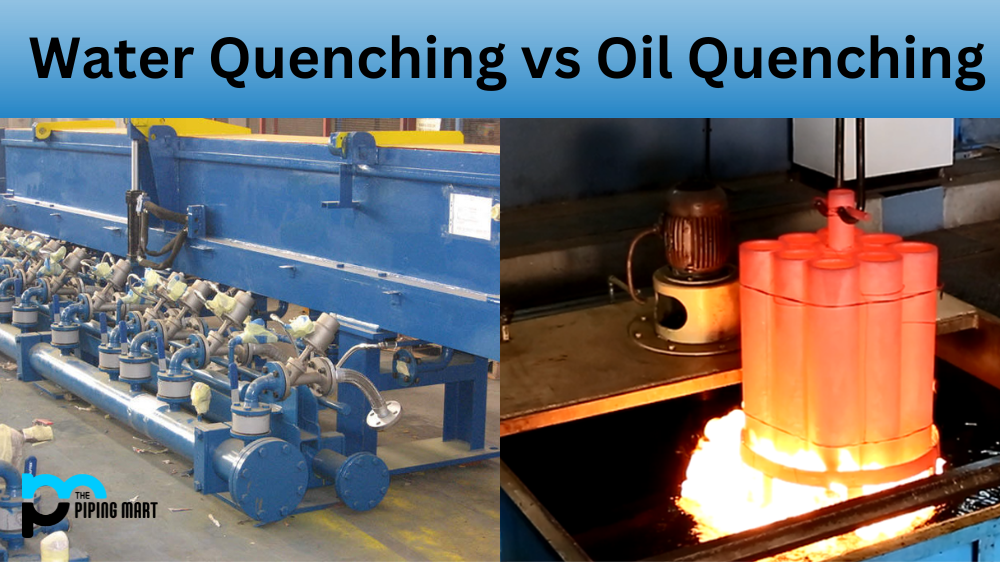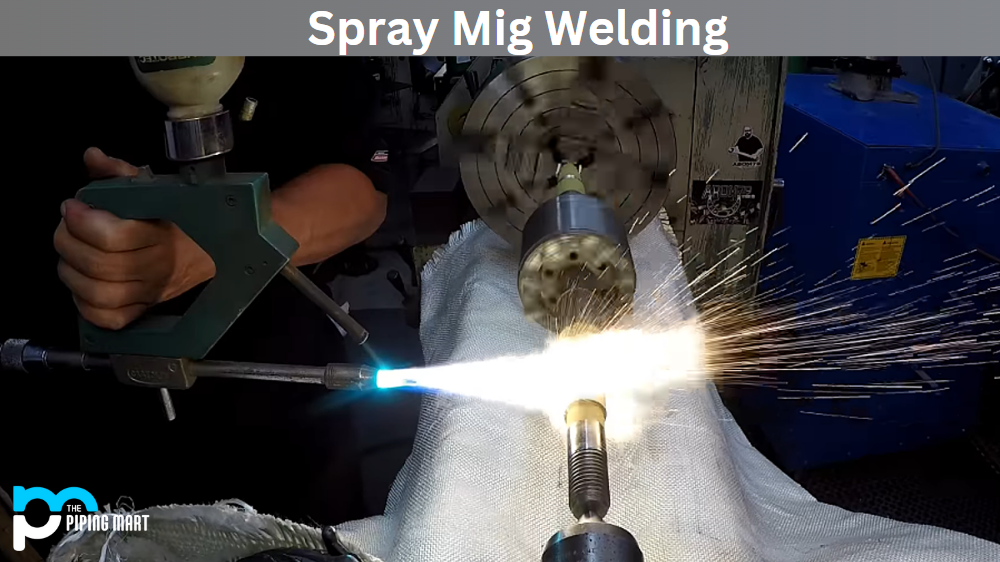A strainer valve is a pipeline accessory used to filter out unwanted solids or debris from a flowing liquid. It is often called a “Y-strainer” due to its Y-shaped construction, allowing efficient filtration without impeding flow. In this blog post, we will discuss the properties of a strainer valve, its uses, and applications.
What is Strainer Valve?
A strainer valve is a type of industrial valve which uses a perforated or mesh-covered screen to filter out impurities from liquids, gases, and other substances. The purpose of the strainer is to protect pumps, valves, and other process equipment by keeping any foreign objects out. Strainer valves are available in many different materials and configurations for a variety of applications
Strainer Valve Properties:
A strainer valve is usually cast iron, carbon steel, or stainless steel. The material used for construction depends on the type of liquid being filtered and the specific environment in which it will be used. The strainer is made of a perforated screen that allows the liquid to flow through while trapping unwanted solids. The valve also features a drain plug or blow-off connection for easy cleaning.
Strainer Valve Uses:
A strainer valve is primarily used in pipelines to protect pumps, valves, and other equipment from damage caused by solid or debris buildup. It helps to ensure that the liquid flowing through the pipeline is clean and free from contaminants. Additionally, the strainer valve helps prolong the pipeline’s life and reduce maintenance costs.
Strainer Valve Applications:
Strainer valves are commonly used in various industries, including oil and gas, water treatment, chemical processing, and pharmaceuticals. They are typically used in pipelines that carry water, oil, gas, and other liquids. HVAC systems also use strainer valves to protect equipment such as chillers, boilers, and cooling towers from debris.
How to Use Strainer Valve:
A strainer valve must be installed in the pipeline with the arrow on the valve pointing in the direction of flow. The valve must be installed in a horizontal position to ensure proper drainage. When it is time to clean the strainer, the drain plug or blow-off connection can be used to remove the buildup of solids.
Benefits of Using Strainer Valve:
Using a strainer valve has numerous benefits, including increased efficiency and productivity of the equipment. It also helps to prevent costly downtime due to equipment damage caused by solid buildup. Additionally, a strainer valve helps to maintain a clean and healthy environment by removing contaminants from the liquid.
Conclusion:
A strainer valve is a vital accessory in pipeline systems that carry liquids. It filters out unwanted solids or debris from a flowing liquid, protects equipment, prolongs pipelines’ life, reduces maintenance costs, and maintains a clean and healthy environment. With its numerous benefits, every pipeline system must install strainer valves to ensure equipment efficiency, productivity, and longevity.
Sakshee is a talented blogger, with a particular focus on the Business and Metal Industry. She is passionate about sharing her insights on various metal products and helping professionals to make a better decisions.




